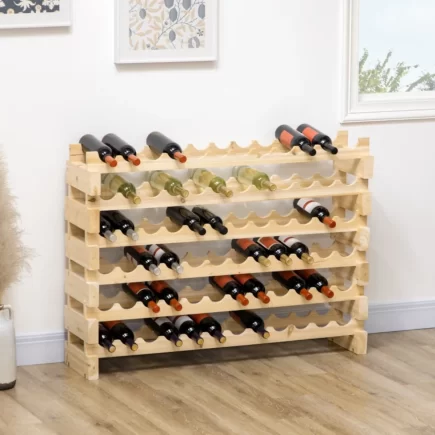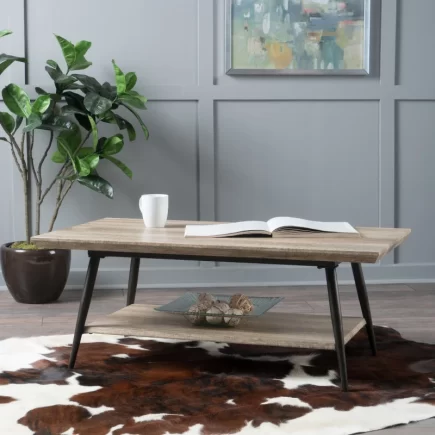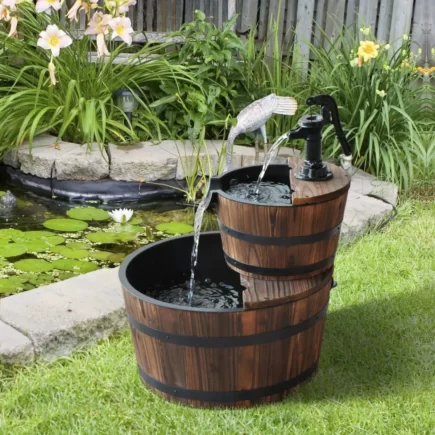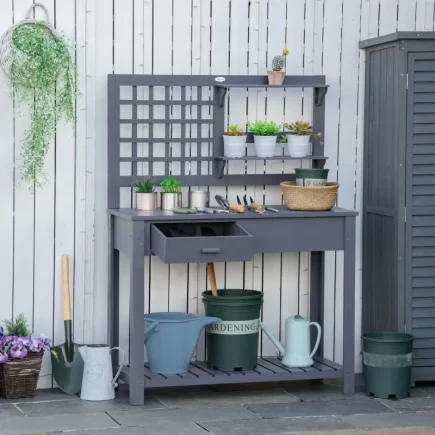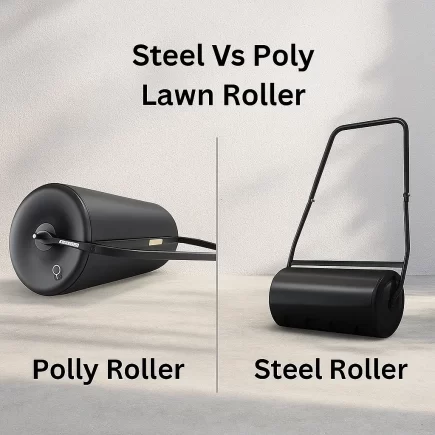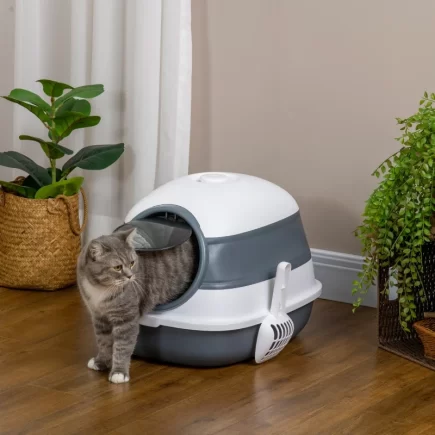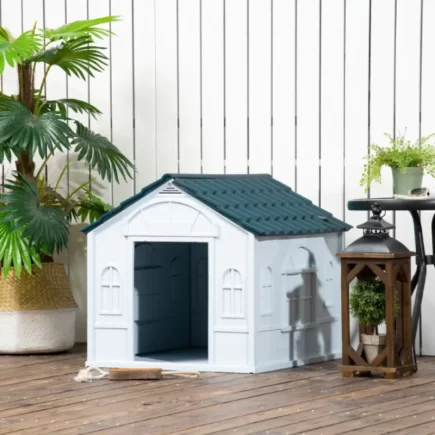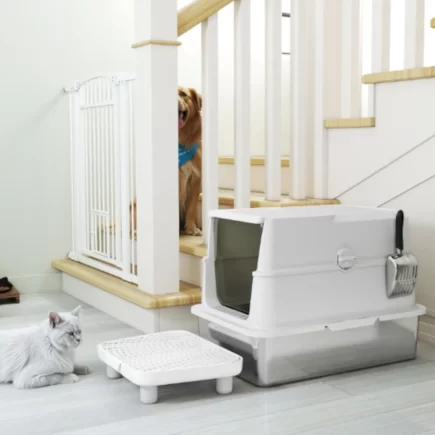Keeping chickens isn’t just a trend—it’s a movement. Whether you’re looking for fresh eggs every morning, a closer connection to your food, or a fun backyard hobby, building your own chicken coop can be one of the most rewarding projects you take on. And the best part? With the right guidance, it’s easier than you think.

In this comprehensive guide, we’ll walk you through every step of the coop-building journey, from inspiration to installation. Whether you’re going full DIY or looking for a pre-built option, we’ve got you covered with expert tips, real examples, and some of the best products Aosom has to offer.
Building your own coop lets you:
- Choose the perfect size and layout for your flock.
- Match the look to your garden or home aesthetic.
- Customize features like roosts, nesting boxes, and storage.
- Save money or splurge where it matters most.
- Add personal touches that make your coop truly one-of-a-kind.
Design Inspo: Coop Styles to Love

Not sure what your coop should look like? Here are a few design styles to get your creativity flowing:
| Style | Description | Ideal For |
| Rustic | Think barn wood, corrugated metal roofs, and reclaimed materials. | Farmhouse backyards or rural settings. |
| Modern | Clean lines, sleek paint, minimalistic structure. | Contemporary homes and small spaces. |
| Cottagecore | White paint, pitched roofs, flowers around the run. | Aesthetic lovers, hobby farmers. |
| Minimalist | Simple frames, natural wood, and just the basics. | Budget builds or beginner DIYers. |
Tip: Start a Pinterest board or sketch your dream coop before gathering materials!
Size It Right: Space per Chicken
A big mistake many first-time builders make is underestimating how much space chickens really need.
Minimum Space Guidelines
| Number of Chickens | Coop Size (indoors) | Run Size (outdoors) |
| 2 Chickens | 4 sq. ft. | 8 sq. ft. |
| 4 Chickens | 8 sq. ft. | 16 sq. ft. |
| 6 Chickens | 12 sq. ft. | 24 sq. ft. |
| 8+ Chickens | 16+ sq. ft. | 32+ sq. ft. |
Important: Always allow extra space if you live in a colder climate—your chickens will spend more time indoors during winter.
Looking for a space-efficient solution? The PawHut 59″ Small Wooden Chicken Coop is a compact yet fully functio nal option for 1–2 hens.

Essentials for Happy Hens
Chickens need more than just walls and a roof. Here are the non-negotiables for their health and happiness:
Must-Have Features:
- Sunlight: Choose a location that gets partial sun. Windows or wire panels can help.
- Ventilation: Prevent respiratory issues by adding vents near the top of the coop.
- Roosting Bars: Chickens like to sleep off the ground. One roost per hen is ideal.
- Nesting Boxes: One box for every 3–4 hens is typically enough.
- Run/Outdoor Space: A secure area to scratch, peck, and dust-bathe.
The PawHut Wooden Chicken Coop with Raised Garden Bed goes above and beyond by adding a built-in planter for extra garden beauty!

Materials That Add Character
When building your own coop, the materials you choose make a big difference in both looks and durability.
Popular Chicken Coop Materials:
| Material | Pros | Cons |
| Fir Wood | Affordable, natural look, easy to paint. | Needs weather treatment. |
| Cedar | Weather-resistant, aromatic. | Higher cost. |
| Reclaimed Wood | Eco-friendly, rustic appeal. | May need cleaning/treatment. |
| Galvanized Steel | Predator-proof, long-lasting. | Can get hot in sun. |
For example, the PawHut Large Metal Chicken Coop with UV Cover uses a rust-resistant galvanized steel frame that’s ideal for long-term outdoor use—even in rainy or snowy climates.

Tool List for First-Time Builders
Here’s what you’ll need to get started:
Essential Tools:
- Cordless Drill (plus wood screws)
- Circular Saw or Handsaw
- Tape Measure
- Speed Square
- Staple Gun
- Hammer
- Level
- Safety Goggles & Gloves

Beginner-Friendly Tip:
If you don’t own power tools, your local hardware store might offer rentals. You can also start with a pre-made kit and build add-ons yourself.
Your Step-by-Step Build Guide
Building a chicken coop doesn’t have to be overwhelming. Break the project into manageable steps, and you’ll have a sturdy, attractive coop in just a weekend or two.
Step 1: Plan and Prep
- Choose Your Location: Look for high ground with good drainage and partial sun. Avoid low spots that get muddy.
- Measure Your Space: Use the space-per-chicken table earlier in this guide to determine your coop’s size.
- Gather Materials: Refer to your chosen blueprint or coop design and make sure you have everything before starting.
Step 2: Build the Base
- Use pressure-treated lumber to construct a strong base.
- Raise the coop a few inches off the ground to prevent rot and give chickens a shaded space underneath.
- Make sure it’s level to prevent issues later on.
Step 3: Frame the Walls and Roof
- Start with four wall frames, connecting them at corners.
- Add studs to support walls and make attaching siding easier.
- Add a sloped roof to allow rain runoff.
Tip: Sloped or A-frame roofs are best for shedding rain and snow and preventing water buildup.
Step 4: Install the Siding and Roof
- Attach plywood or weather-treated panels to the sides.
- Install your roofing material—metal sheets or shingles both work well.
- Leave small openings near the roof for ventilation.
Step 5: Add Doors, Windows, and Hardware
- Install a secure door for yourself and a smaller chicken door with a latch.
- Cover windows and any ventilation gaps with predator-proof mesh.
- Use heavy-duty locks and latches to secure entry points. Raccoons are smarter than you think!
Looking to skip all these steps? The PawHut Large Outdoor Chicken Coop Hen House with Lockable Nesting Box comes with all the essentials—nesting boxes, wire mesh, and a secure lockable design. It’s perfect for first-time chicken keepers who want something stylish and sturdy without a full DIY build.

Weatherproofing Your Coop
Your chickens rely on their coop year-round, so it needs to stand up to all seasons.
For Rain:
- Add roof overhangs to direct water away.
- Install gutters to avoid splash-back.
- Seal seams with weatherproof caulk.
For Snow:
- Use a steeply pitched roof to allow snow to slide off.
- Reinforce roof trusses if snow loads are common in your area.
For Heat:
- Add ventilation near the roof to promote airflow.
- Paint the exterior a light color to reflect sunlight.
- Provide shaded run areas.
The PawHut Outdoor Chicken Run with UV-Protected Canopy comes with a UV-resistant cover to protect your flock from harsh sun—no add-ons needed.
Nests & Roosts: Interior Musts
Getting the inside of the coop right is just as important as the structure itself.
Nesting Boxes
- Rule of thumb: 1 box per 3–4 hens.
- Place boxes in darker corners of the coop to encourage egg-laying.
- Line with straw, shavings, or nesting pads.
Roosting Bars
- Chickens sleep off the ground—give each at least 8–10 inches of roosting space.
- Use rounded wood like 2x2s or broom handles for comfort.
- Position bars higher than nesting boxes to discourage hens from sleeping in the nests.
Some pre-built coops like the PawHut Chicken Coop with Pull-Out Tray come with elevated roosts and nesting spaces built in, making your job much easier.

Secure Yet Stylish
Chickens attract predators—from raccoons and foxes to hawks. But that doesn’t mean you have to sacrifice looks for safety.
Security Features to Include:
- ½-inch galvanized hardware cloth instead of chicken wire (stronger and safer).
- Locking latches on every door and hatch.
- Buried fencing around the perimeter to prevent digging predators.
- Roofing over the run to stop aerial predators and weather damage.
A great example of form and function is the PawHut Grey Wooden Chicken Coop with Secure Mesh Run. It features an enclosed run with secure wire mesh, double locks, and elegant painted trim that looks great in any yard.

Smart Add-Ons & Upgrades
Want to take your coop from basic to brilliant? Consider these handy upgrades:
| Add-On | Benefits |
| Automatic Door | Opens at sunrise, closes at sunset. Saves you time. |
| Solar Lighting | Eco-friendly lighting helps with egg production in winter. |
| Heated Water Bowl | Keeps water from freezing in winter. |
| Motion Sensor Lights | Deter nighttime predators. |
| Chicken Cam | Monitor your flock remotely. Great for peace of mind. |
You can also find many of these accessories right on Aosom to complete your setup.
Build on Any Budget
Whether you’re going for a Pinterest-perfect cottage or something more practical, there’s a coop plan (and product) for every price point.
| Budget | What You Can Do |
| Under $200 | DIY A-frame, upcycled wood, basic hardware. |
| $200–$400 | Medium-sized ready-made coops like PawHut’s smaller wooden models. |
| $400+ | Large walk-in runs, metal frames, or luxury kits with extra features. |
Tip: Reuse what you have! Old playhouses, sheds, or pallets can often be repurposed into chicken coops with a little creativity.
Portable & Tractor-Style Coops
If you rent your home or want to rotate your chickens around your yard for fresh grass, a movable coop is your best friend.
Benefits of Tractor-Style Coops:
- Protects your lawn by spreading out chicken droppings.
- Gives chickens access to fresh bugs and greens.
- Easier cleanup and fresh ground = healthier hens.
The PawHut Mobile Chicken Tractor with Wheels and Handle is a great choice, it’s compact, functional, and easy to move. Plus, it has a pull-out tray for quick cleanups.

Building a chicken coop is more than a weekend project—it’s the foundation of a happier, healthier flock. Whether you DIY your way from scrap wood or choose a ready-to-assemble model from Aosom, the goal is the same: safe, comfortable, and stylish shelter for your chickens.
By following the tips, tables, and product picks in this guide, you’ll be well on your way to backyard chicken success. And remember—start with what you can manage and grow from there.
FAQS
1.I built my coop, but it floods during rain. What can I do?
If your coop floods, you’ll need to improve drainage. Raise the coop on bricks or treated wood blocks to lift it above ground level. Consider digging shallow trenches to direct water away and lay gravel or paving stones underneath for better runoff.
2.My coop smells bad. How do I control the odor?
A smelly coop usually means too much moisture or waste. Clean weekly, replace bedding often, and make sure there’s ventilation. You can also try the deep litter method, which involves layering dry bedding and turning it regularly to compost the waste.
3.My coop isn’t holding heat well in winter. What should I add?
Insulate the walls with foam panels or straw bales around the exterior. Cover windows with clear plastic to block drafts while allowing light in. Add extra bedding for warmth and ensure the coop is windproof, especially at the base and corners.





